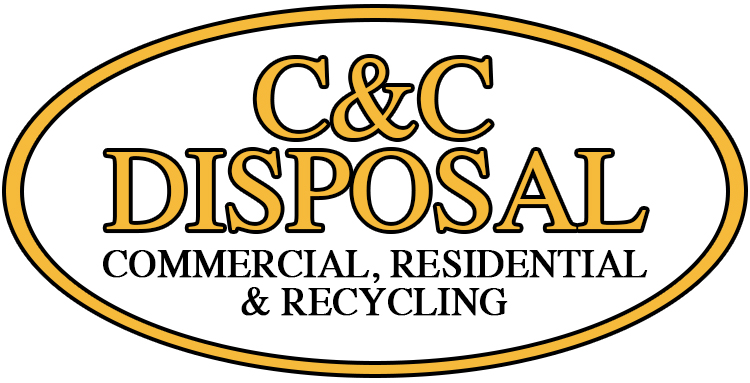
It sounds easy enough: throw all of your recyclable items into a blue bin to take out on recycling day. But what happens if a glass bottle breaks? Or you forgot to break down that greasy pizza box?
Single-stream recycling makes it simple for consumers to recycle. You no longer have to sort paper, plastic, cardboard and glass into separate containers to take to the curb. In theory, this should increase recycling and diversion rates. However, the convenience may come at a cost. Confusion about what can and can’t be recycled along with contamination leads to issues at recovery facilities. What Is Single-Stream Recycling?
Introduced in the mid-1990s, single-stream recycling is a process that doesn’t require consumers to do any sorting. All recyclable items are placed in the same bin and mixed in the collection truck. These materials are later sorted out at a Materials Recovery Facility (MRF). This method is also called commingled or single-sort recycling.
There are two main reasons single-stream recycling has become so popular:
Its convenience encourages more people to recycle.
It reduces collection costs for curbside waste disposal companies.
What Items Are Accepted in Single-Stream Recycling Programs?
While there may be restrictions in some areas, most programs accept the following items:
- Plastic bottles
- Paper
- Cans
- Clean aluminum foil
- Cardboard
- Paper bags
- Glass jars and containers
- Magazines, catalogs and newspaper
- Empty prescription drug bottles
- Steel cans
- Paperboard
It’s always best to check with your city’s Public Works department or recycling company to learn exactly what’s recyclable in your area.

Recent Comments